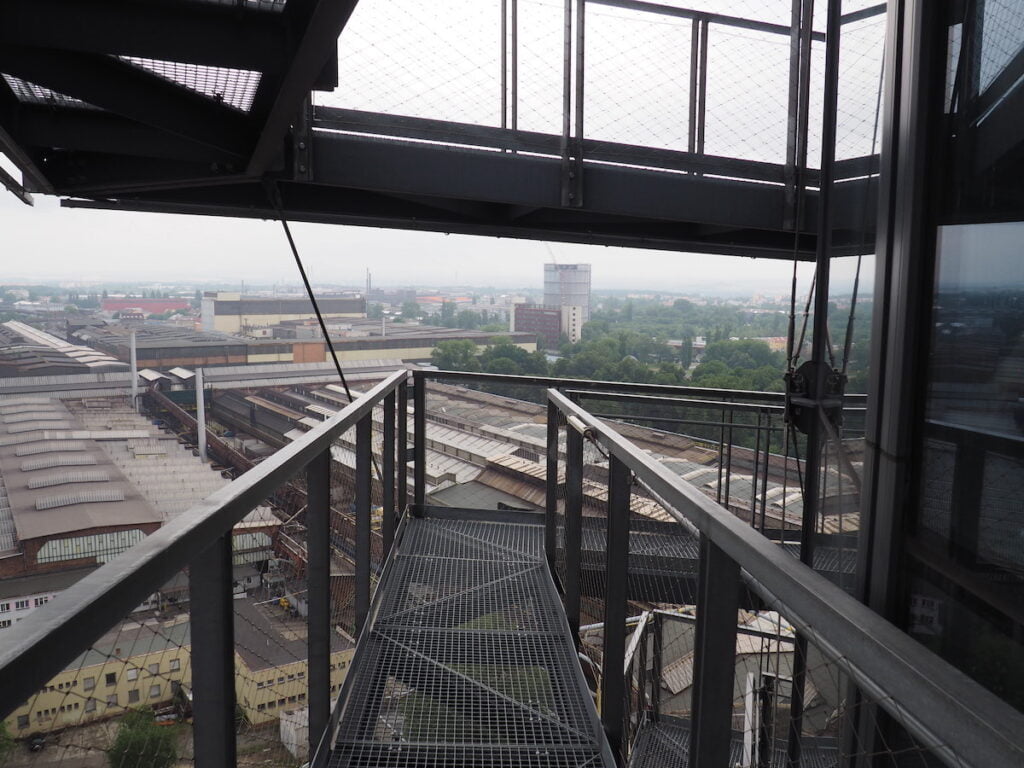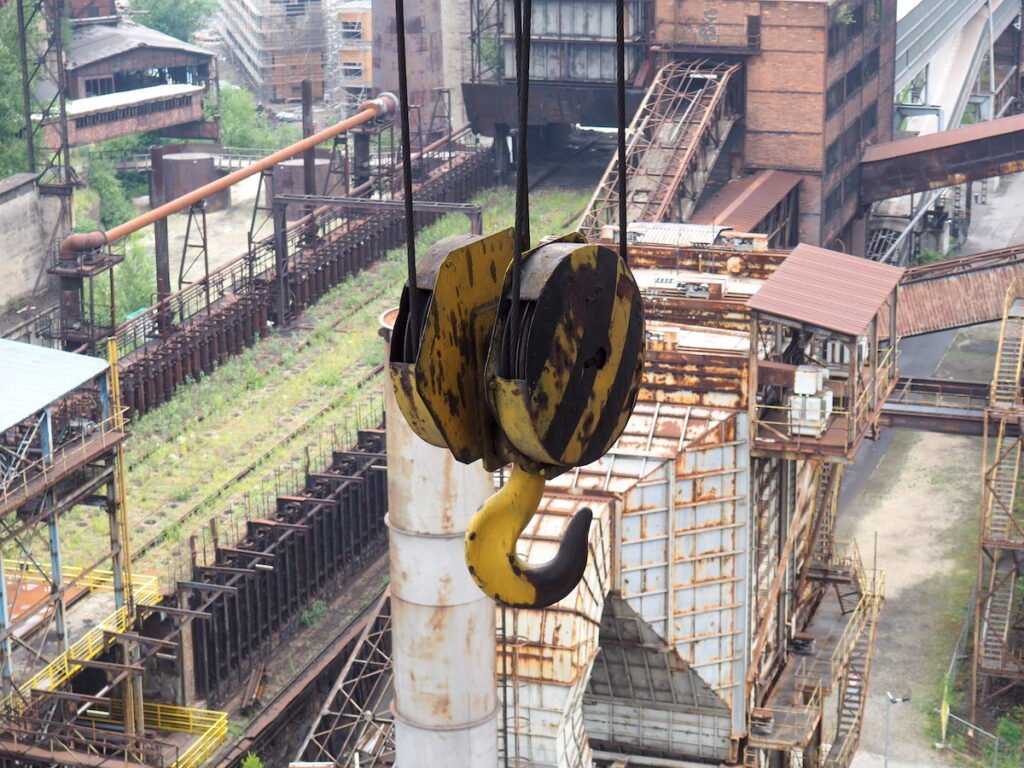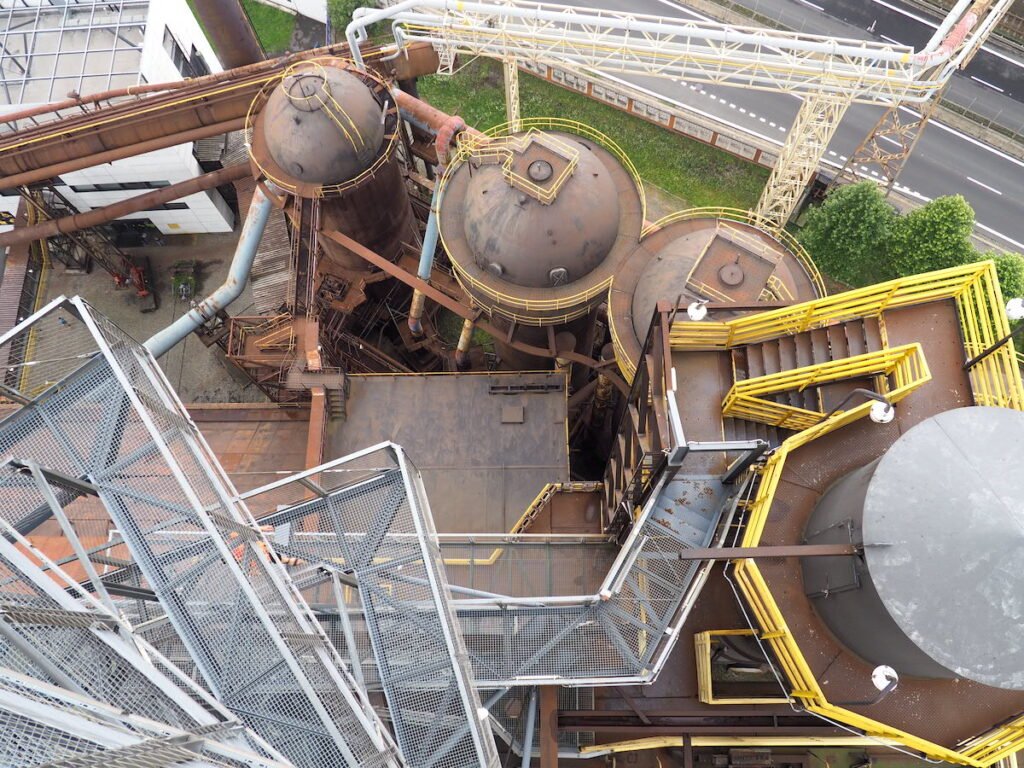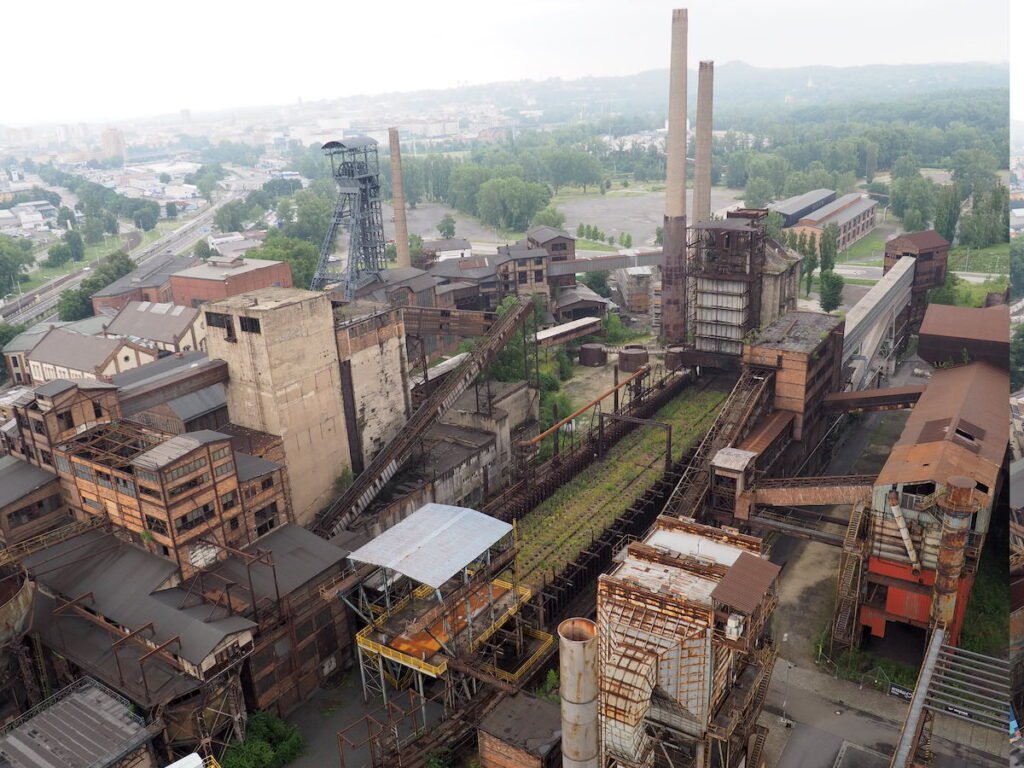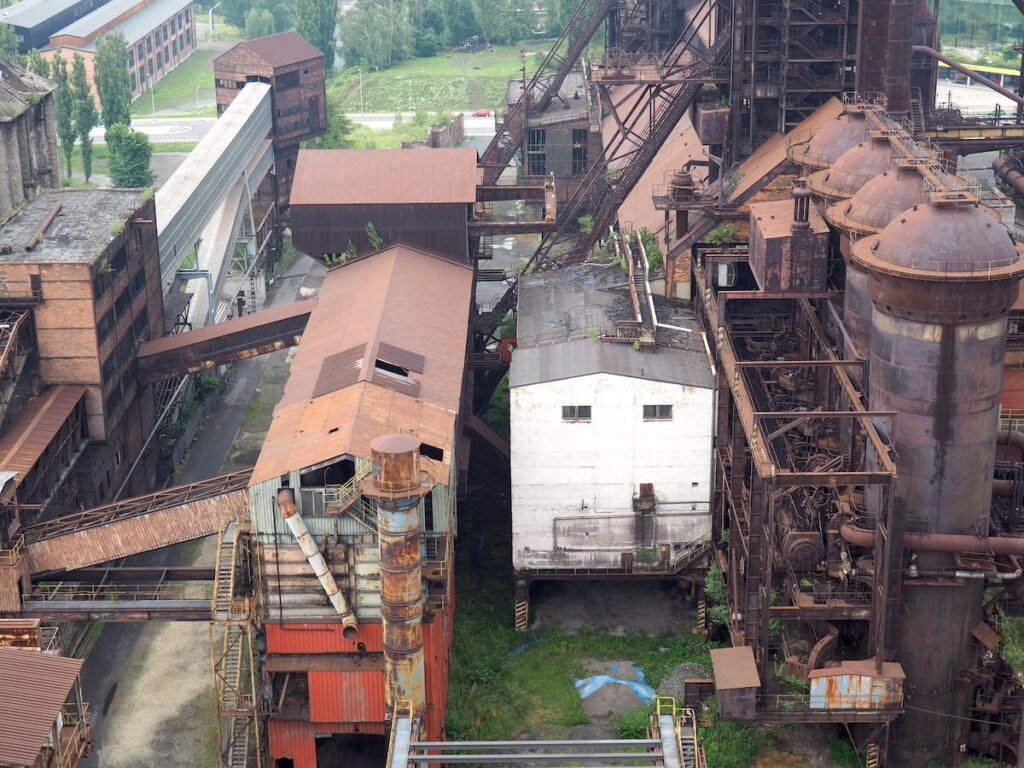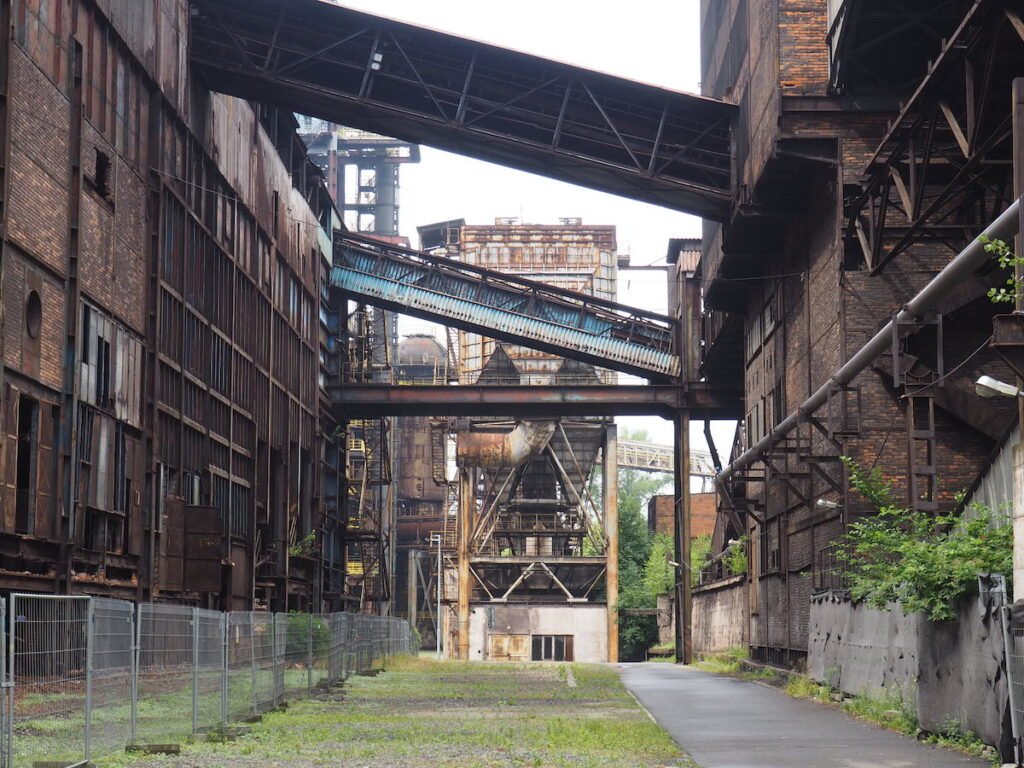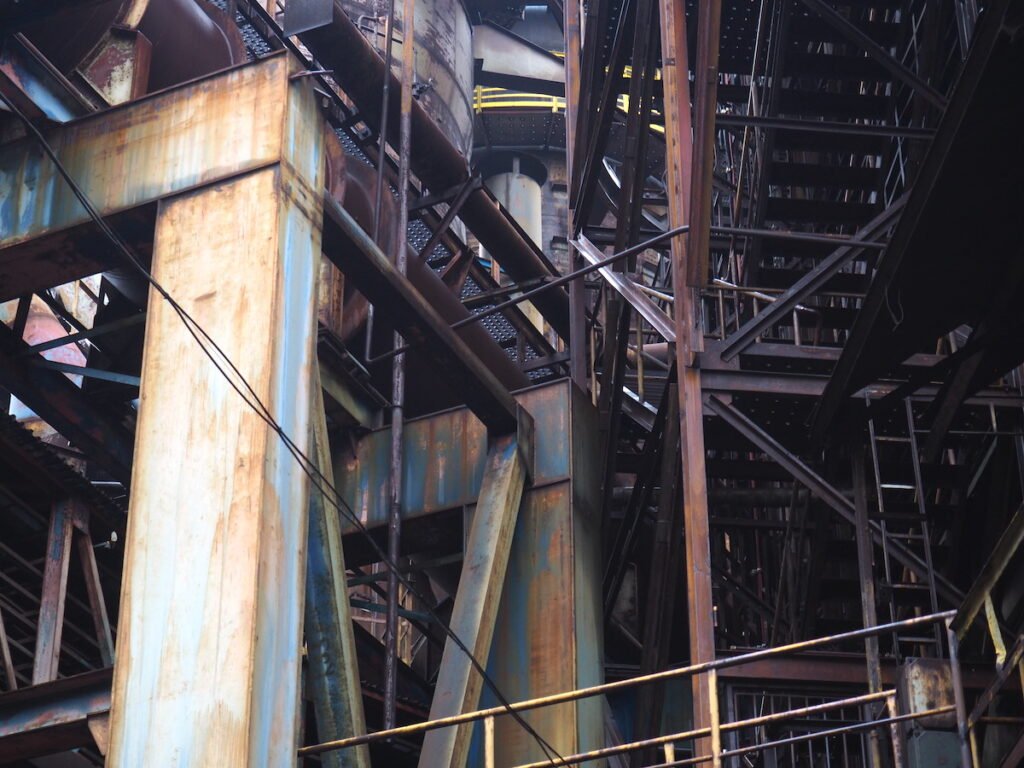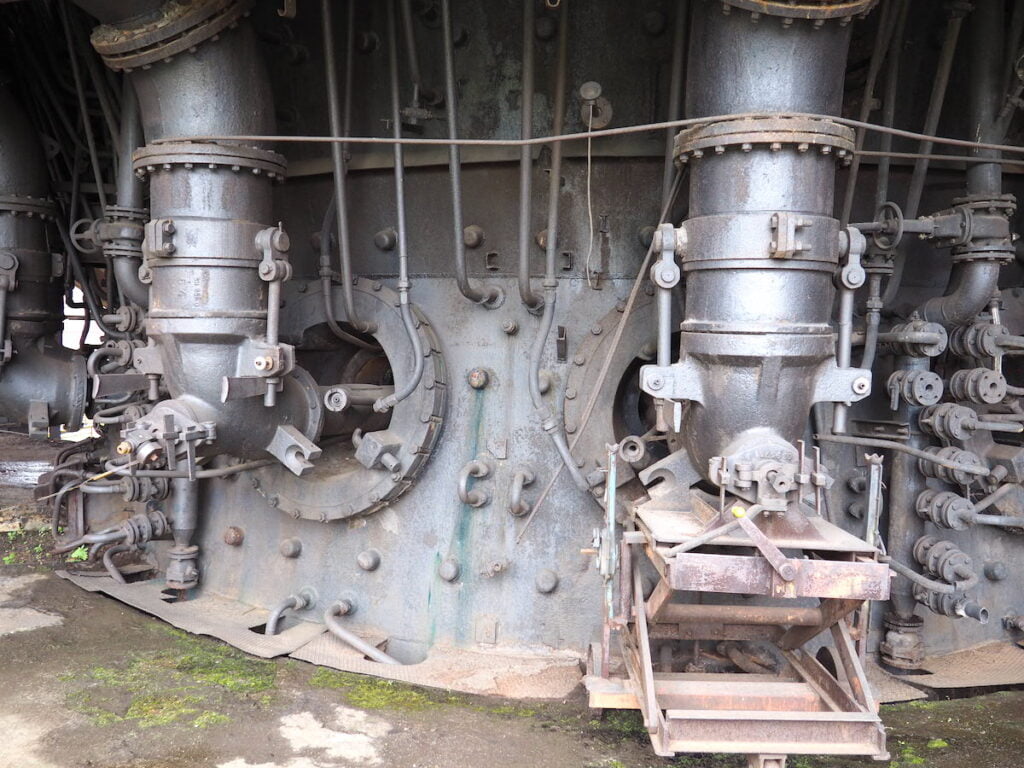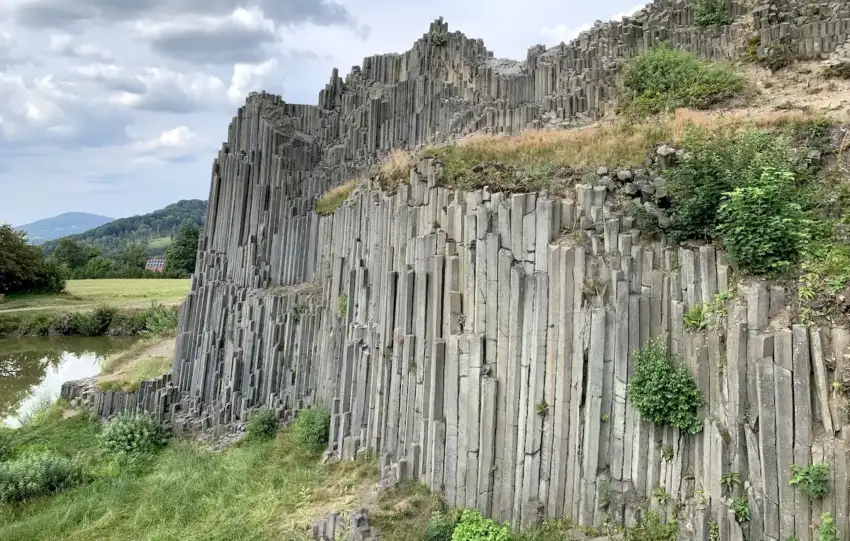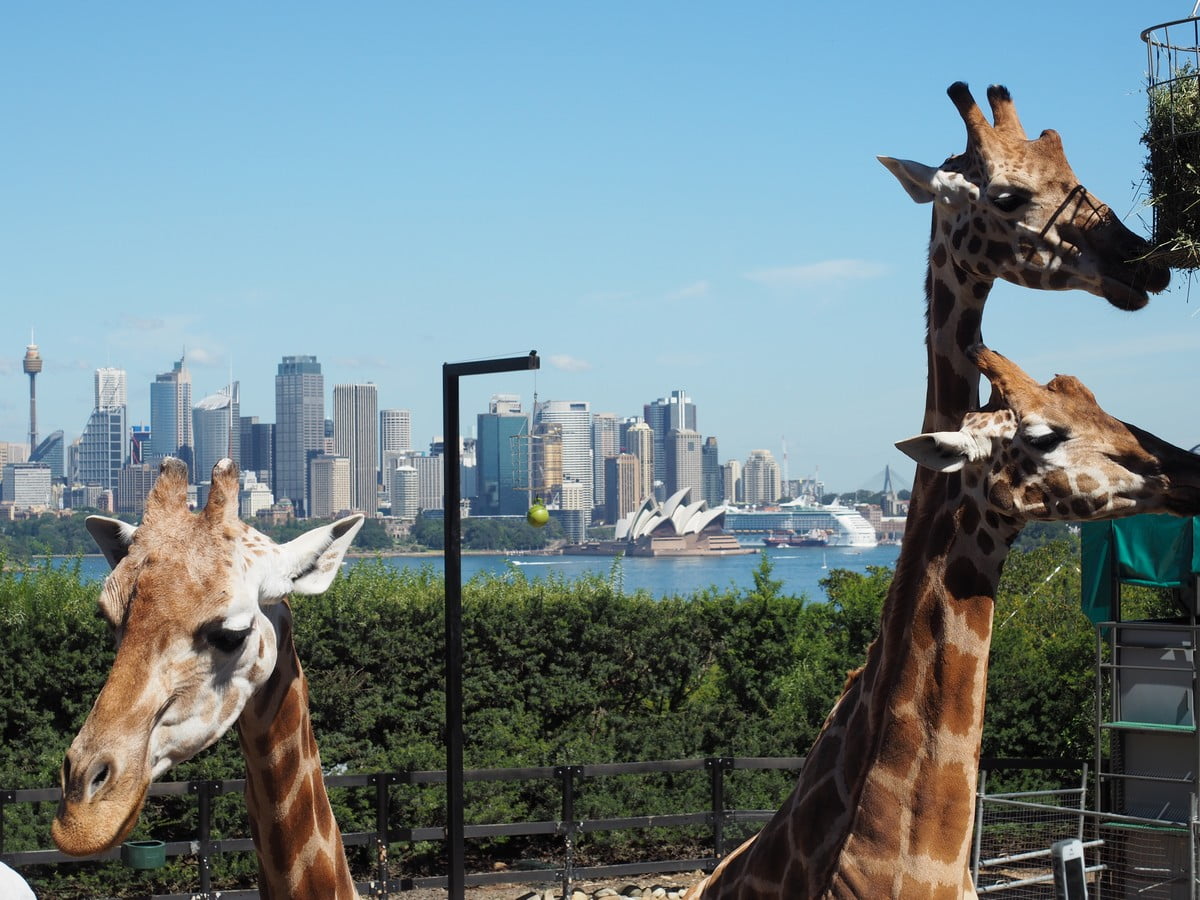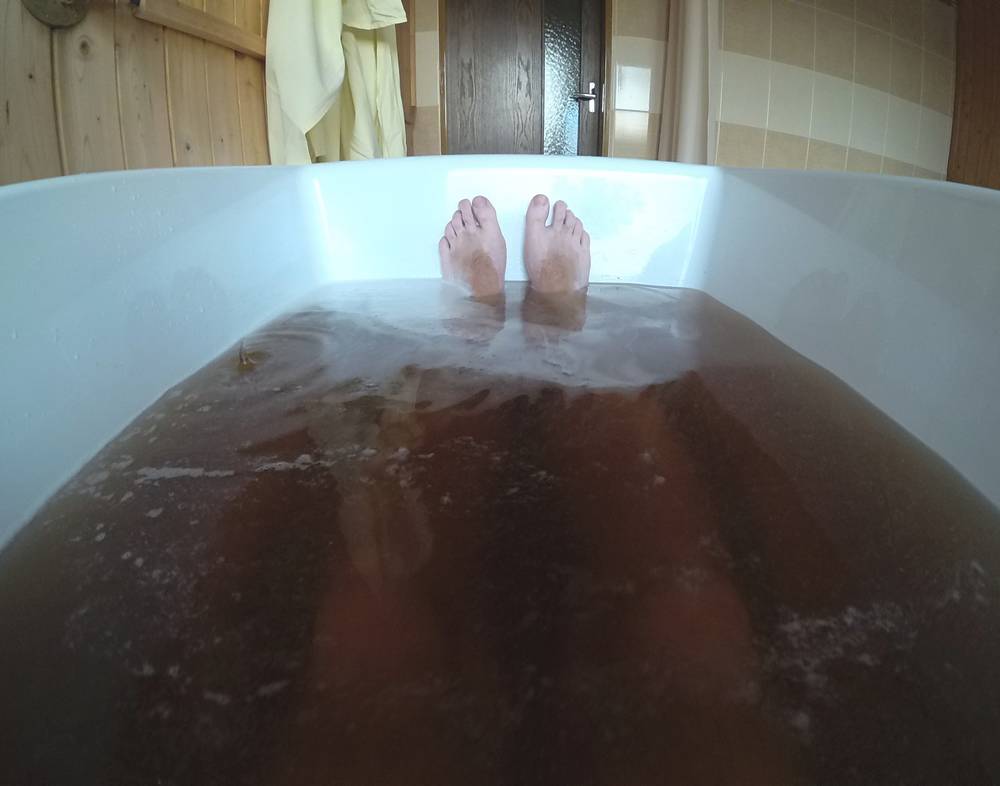Share This Article
Ostrava is bypassed by many tourists. It is not a city with a tourist potential at the level of Prague, but it changes every year and offers more and more interesting attractions for arriving tourists. The largest of them is the Lower VItkovice complex, where we can observe live the metamorphosis of an industrial giant into a tourist curiosity.
Lower Vitkovice – location
Lower Vitkovice is a part of Ostrava with a very rich industrial history. In a large part of the city you will find signposts pointing to this place. Ostrava itself is one of the large Czech cities, located close to the Polish border. It is less than 20 kilometers from the former border crossing in Chałupki.
If you are going by car, you will easily find a parking space there.

History of the factory
Dolní Vítkovice is a unique place due to the fact that there was a mine, a plant and a steelworks on the premises of one plant. In many plants of this type, coal was mined elsewhere. The history of this place dates back to 1828, when an iron smelter was established there, called the Rudolf Steelworks. The main aspects that influenced the location of the plant were the availability of coal, the river and the steel plant located nearby (in Frýdlant). The first records of the village of Vitkovice, however, are much older, as they come from 1357.
Three years after its inception, the plant was taken over by Salomon Rothschild, and during the Second World War it was incorporated into the Hermann-Goering-Werke plant. The last tapping of iron took place in 1998. Apparently, over 90 million tons of iron have been produced in the plant during all the years of work!
The fact that 40,000 people were working there made a great impression on me and my imagination began to work harder during the tour.
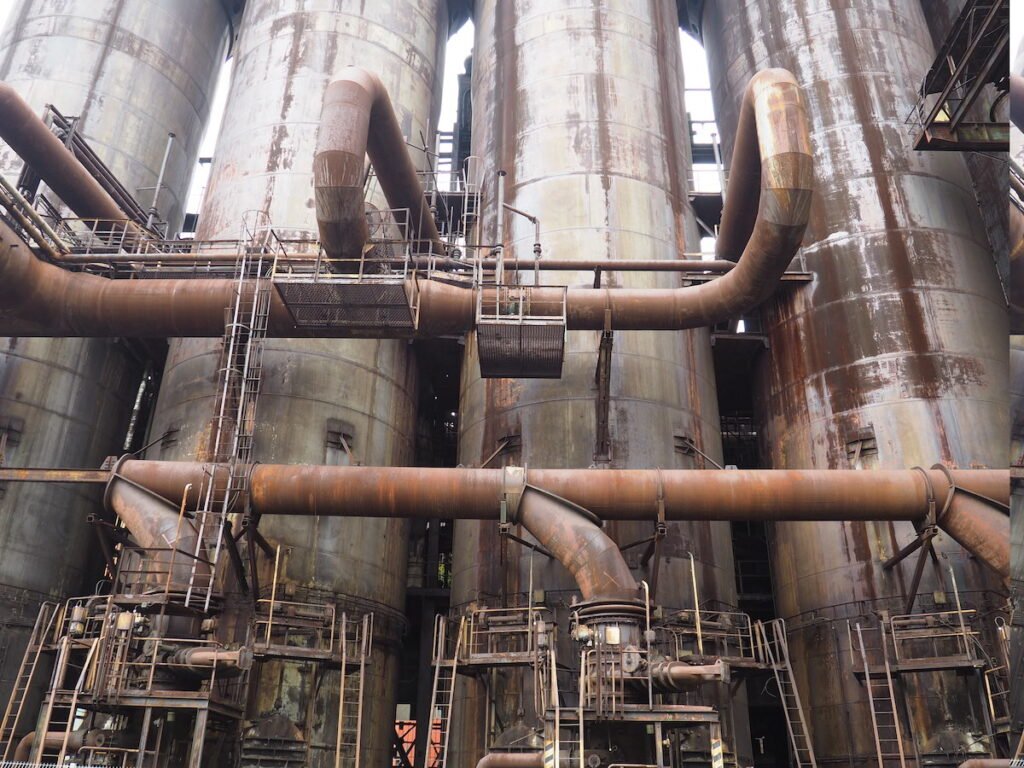
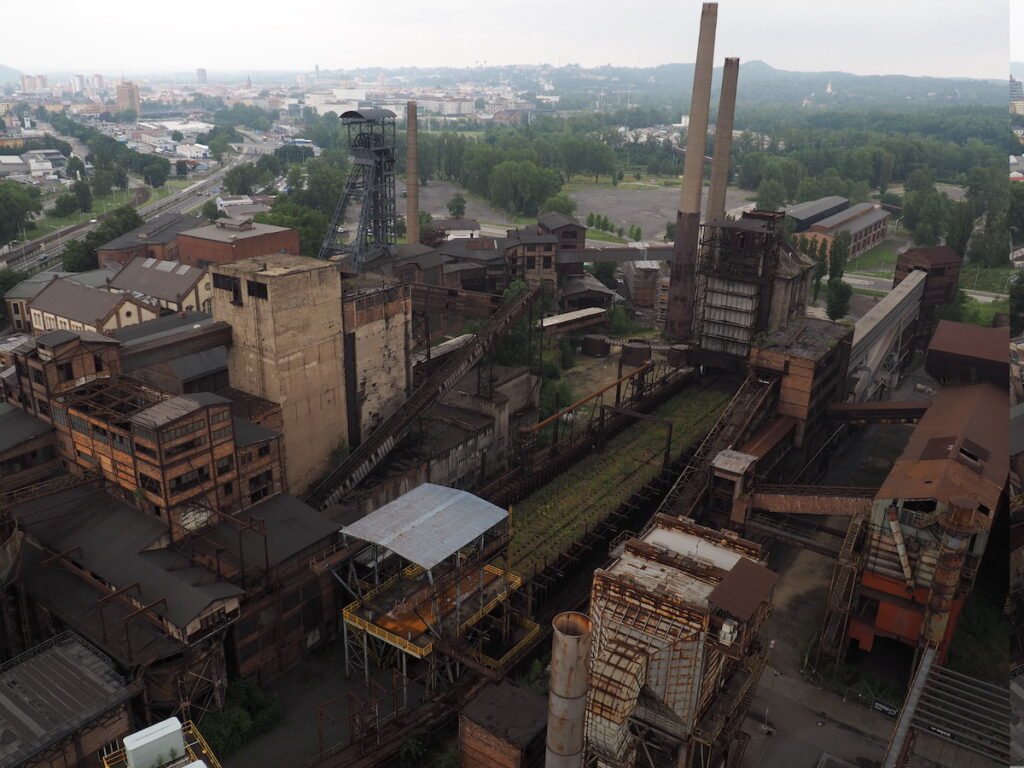
Lower Vitkovice – sightseeing
Guests have at their disposal six sightseeing routes:
- Blast furnace with a visit to the Bolt Tower (trip length – 100 minutes, the program includes visiting the furnace, going up, visiting the DOV)
- Blast Furnace (length of the trip – 100 minutes, guided tour focused on the production of pig iron and the history of Lower Vítkovice)
- Coal route (on the surface) (length of the trip – 100 minutes, the program includes reconstructed buildings, mining shaft, history of coal mining and coking)
- Combined route (blast furnace, Bolt Tower + coal route) (route length – 200 minutes)
- DOV project (route length – 100 minutes, the program includes familiarization with the transformation of the DOV complex in the multifunctional GONG hall and refreshments)
- Short route – includes a visit to Bolt Tower, the ticket costs CZK 200 (we have 100 to spend at Bolt Cafe upstairs)
Current ticket prices for individual routes can be found at www.dolnivitkovice.cz.
Bolt Tower
An interesting structure was created at the top of the Blast Furnace No. 1, designed by Josef Pleskot. It rises 25 meters above the blast furnace, which, together with the blast furnace, is over 80 meters high.
You can get to the top by stairs or a lift, and at the top there is an observation deck with a beautiful view of the entire complex, but also of Ostrava and the surrounding area. In good weather, you will see a beautiful panorama of the Beskids. If you are afraid of heights, you may feel a slight discomfort, because you will walk on metal footbridges with nothing underneath.
There is a cafe in the tower where you can drink coffee or eat a cake.
But where did the name of the tower come from? The building was “christened” by Usain Bolt, who often came to Ostrava for athletics competitions. The authors also used a word game (Bolt – Bolt Tower). There is a signature of this famous runner at the top of the tower.
The tower is open from Monday to Sunday from 10.00 to 22.00.
Small and Big World of Technology
Fans of all kinds of science centers will find themselves in the Dolní Vítkovice complex. There are the Small and Big World of Technology.
The first one is located in the former hall VI of the Energy Central. The construction of this hall was completed in 1938, and its equipment was left on the site, and the exhibition was integrated into the original interiors among the machines. The interactive exhibition in the Little World of Technology is devoted to the inventions of technology and its development over the years.
The Great World of Technology is located in a newly built facility especially for these needs. Through huge windows, while visiting the exhibition, we can admire the old industrial facilities outside. The Great World of Technology was opened in 2014 and is now visited by over half a million guests a year. The exhibition is divided into four parts:
- Children’s world
- The world of science and discovery
- The world of civilization
- The world of nature
Many people compare the Great World of Technology to the Copernicus Science Center. The idea of both places is similar. I heard, also a joke, that this one is a very similar place to Copernicus, but without such queues as in Warsaw. The Great World of Technology offers over 14,000 square meters of exhibition space and two thousand square meters of a roof garden. Please reserve at least 4 hours for the tour.
The Small and the Great World of Technology are open daily from 10.00 to 18.00. Ticket prices vary depending on the number of places we want to visit (you can buy them online):
| Adults | Kids | Family ticket (2+2/3) | Family ticket(2+1) | |
| Small World | 260 CZK | 200 CZK | 730 CZK | 520 CZK |
| Big World | 150 CZK | 110 CZK | 410 CZK | 290 CZK |
| Both | 330 CZK | 250 CZK | 890 CZK | 630 CZK |
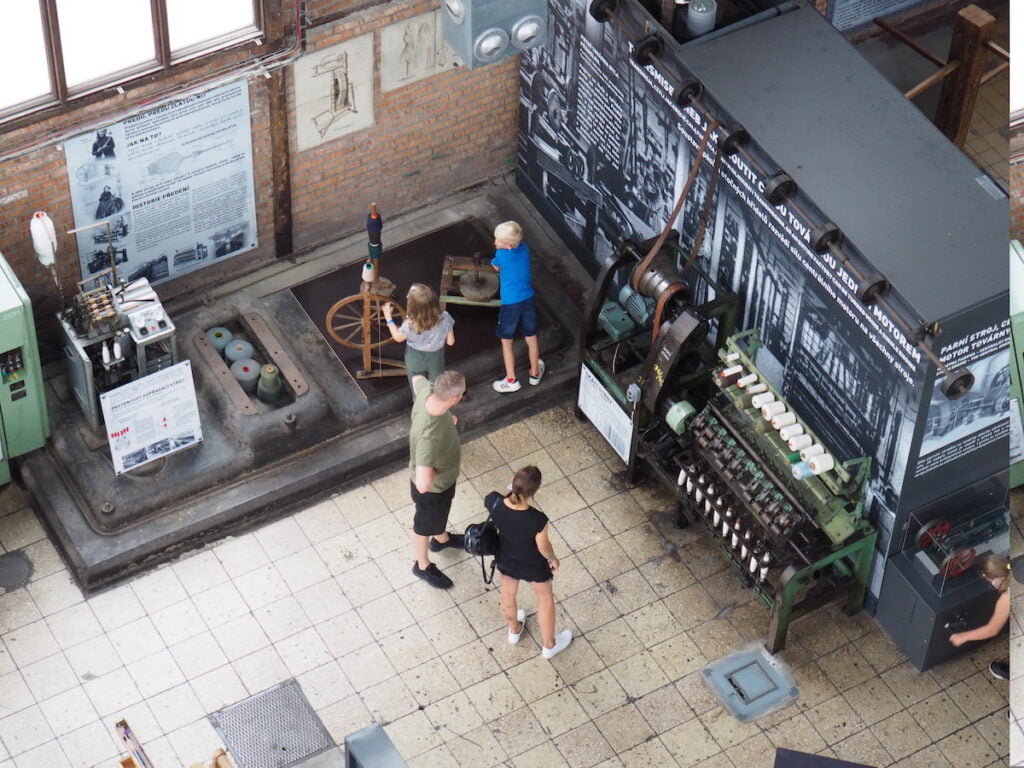
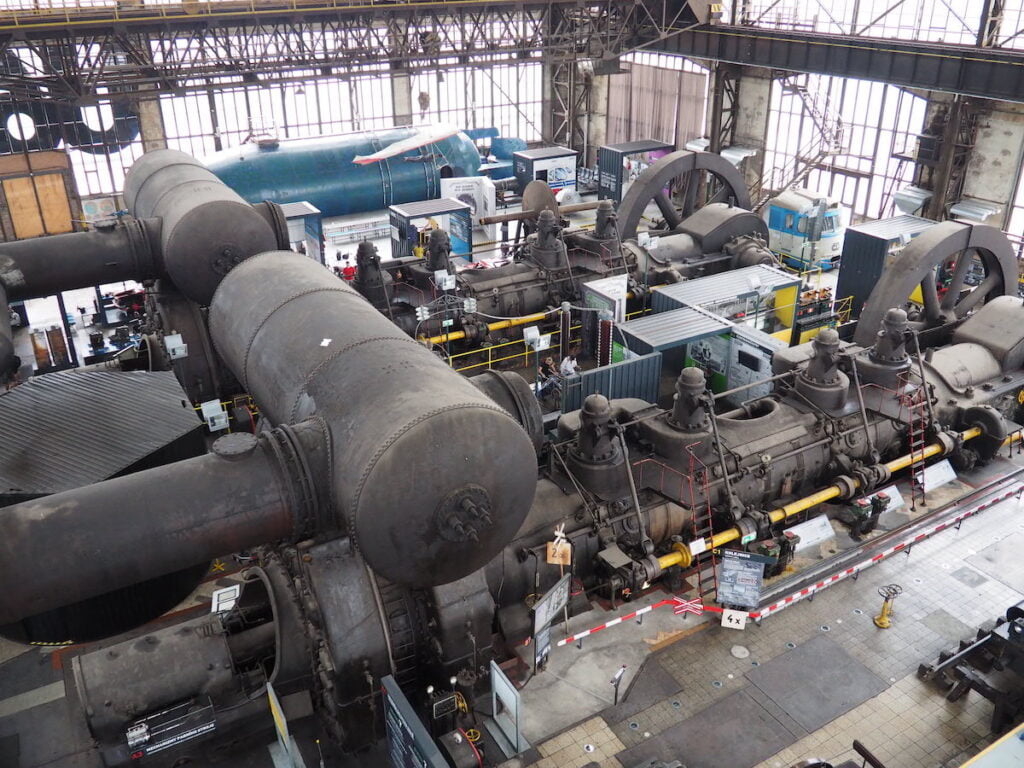
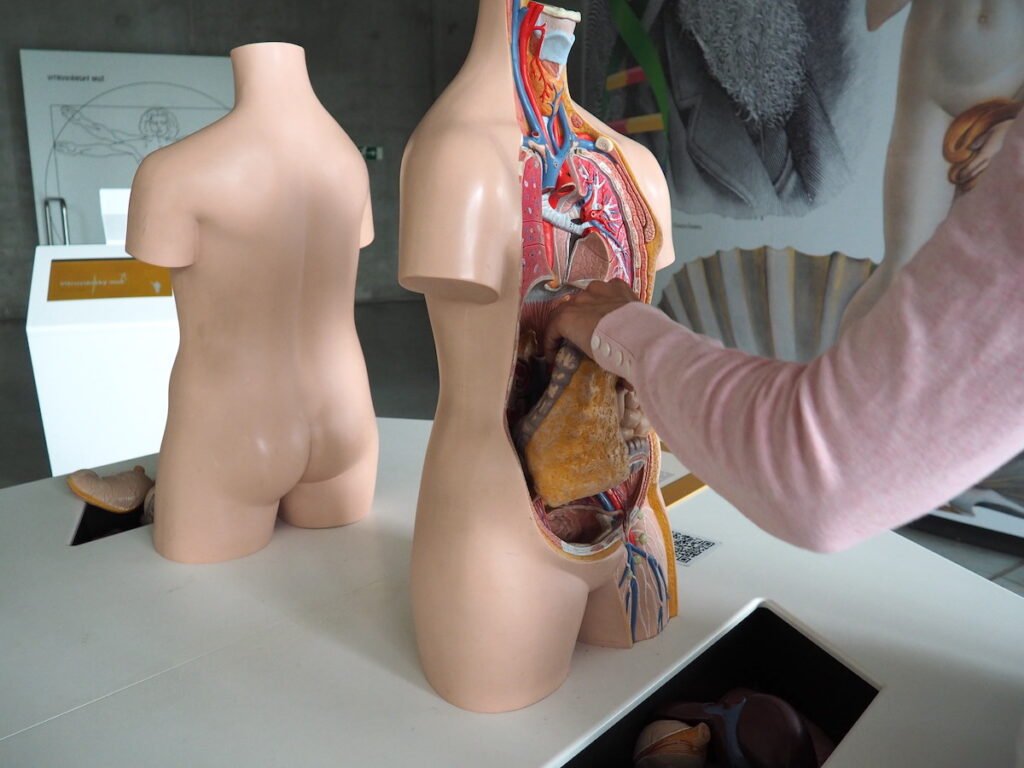
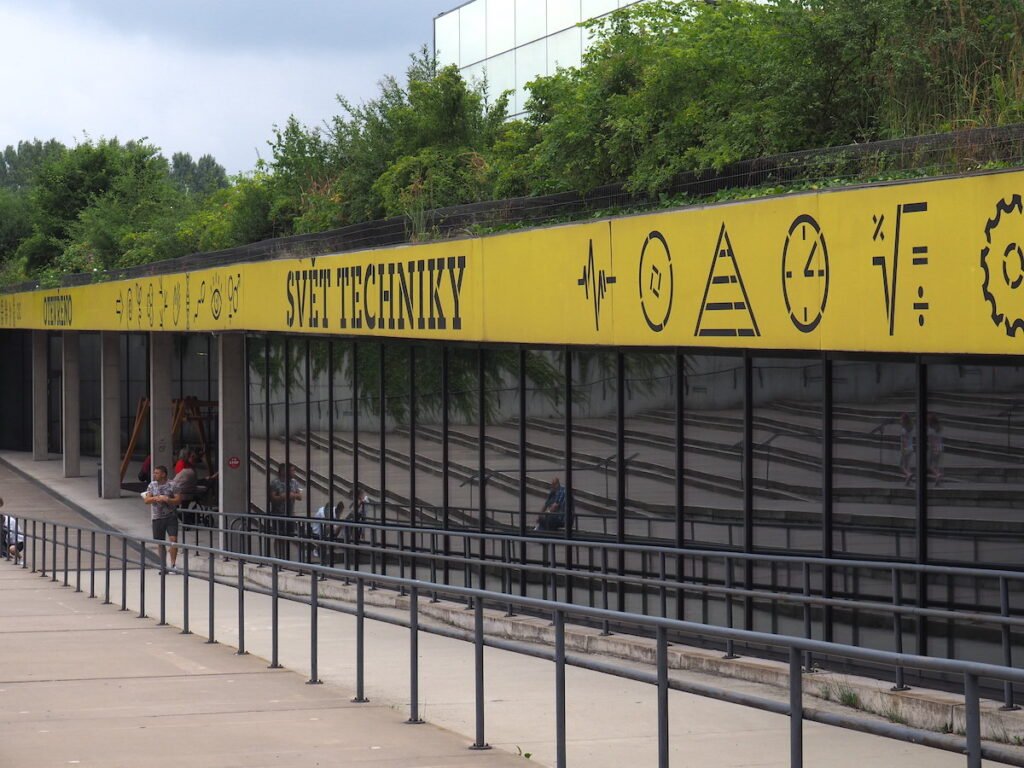
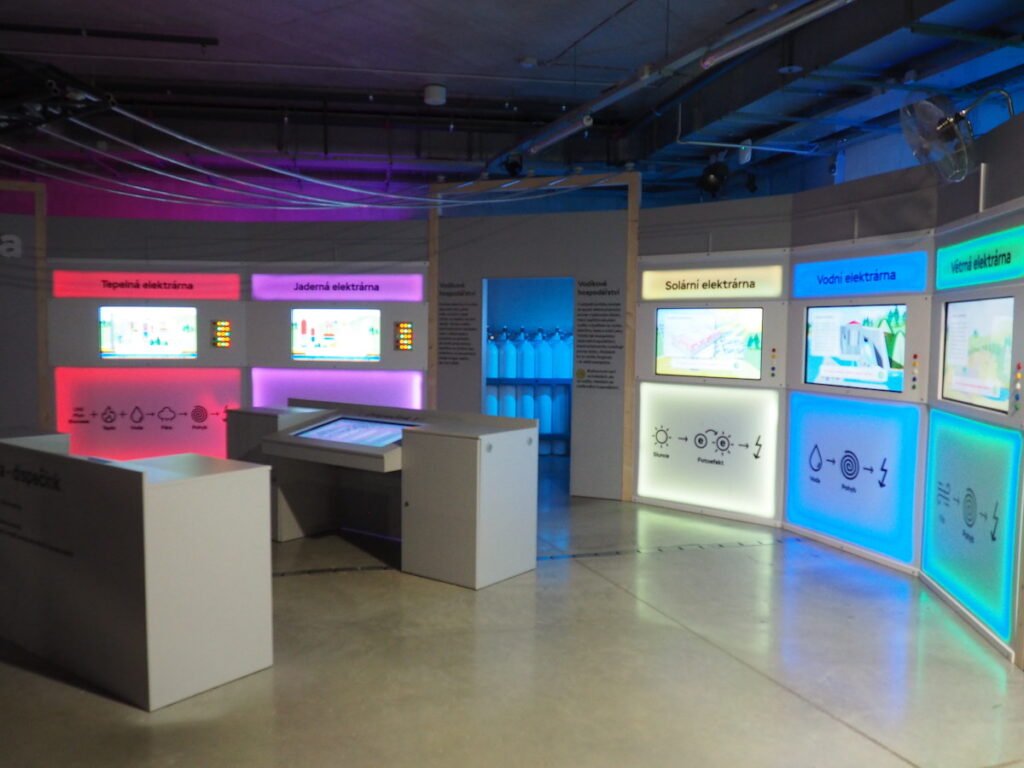
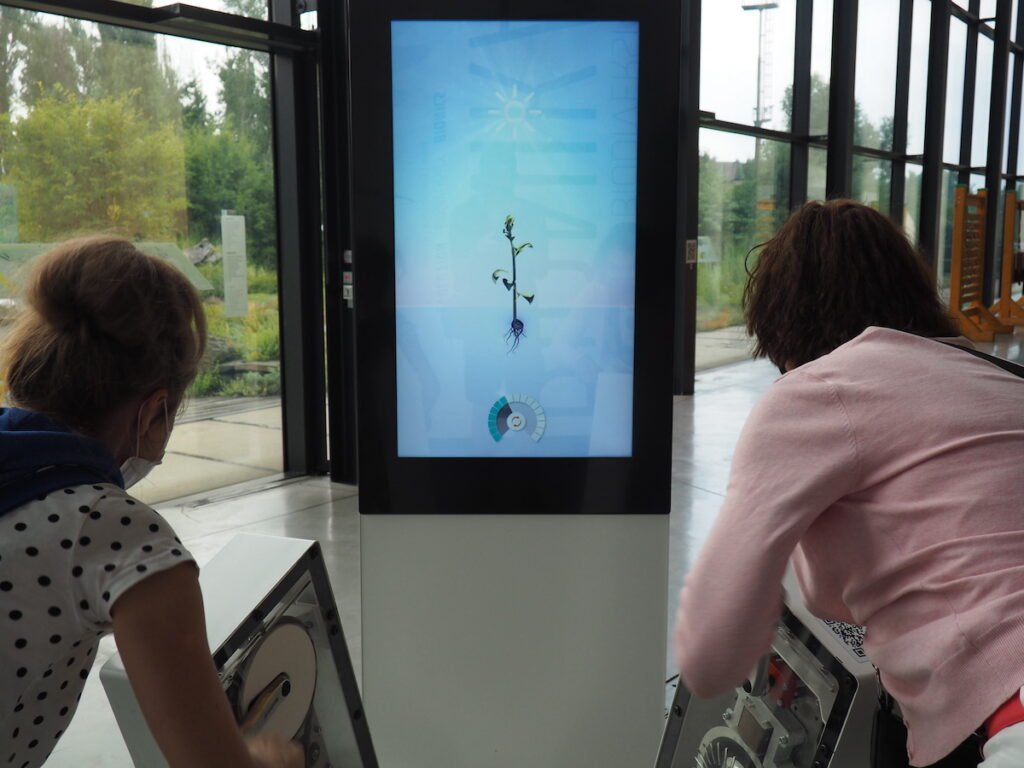
Cokafe
More and more cultural and culinary facilities appear in the Dolne Witkowice complex. During my visit, I had the opportunity to start the day with a delicious coffee at the Cokafe. It is an Ostrava chain of cafes that roast the coffee themselves. I had the opportunity to take part in cuping (coffee tasting), during which you could feel the enormous knowledge and passion for coffee of the leader.
In Cokafe, apart from drinking coffee, you can also eat a delicious breakfast and buy freshly roasted beans to drink at home. Despite the early-hour visit (around 9), there were a lot of guests in the place, which may give a clear signal about the brand’s popularity.
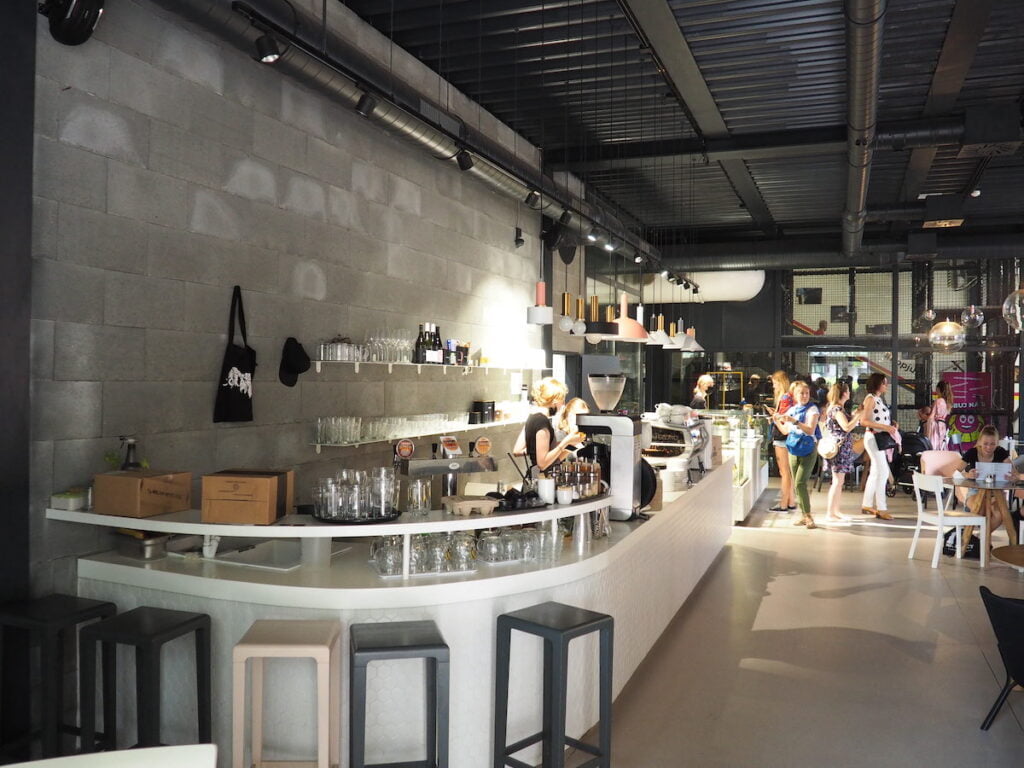
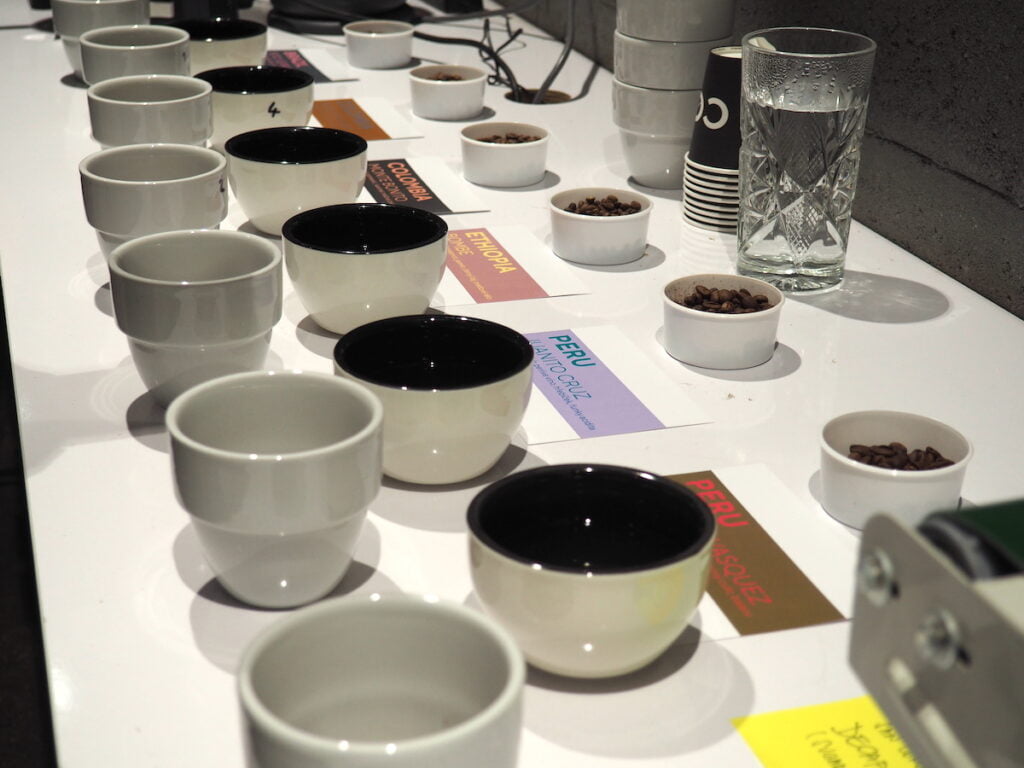
Ostrava
I have the impression that Ostrava is a city that is overlooked when it comes to tourism in the Czech Republic. Fortunately, thanks to the Dolní Vítkovice complex, this is changing. However, it is also worth visiting the city center and taking a walk among beautiful tenement houses or looking at the Ostravice River flowing through the city, which divides it into the Moravian and Silesian parts.
While strolling around the center of Ostrava, it is worth seeing the churches located there, relaxing on Masaryk Square or in one of the parks. Despite the fact that the city is definitely inferior to Prague in terms of tourism to Olomouc or Brno, it has its charm and if you like to discover something new, you will surely find “that something”.
Ostrava is also a lot of interesting restaurants with cuisines from all over the world.
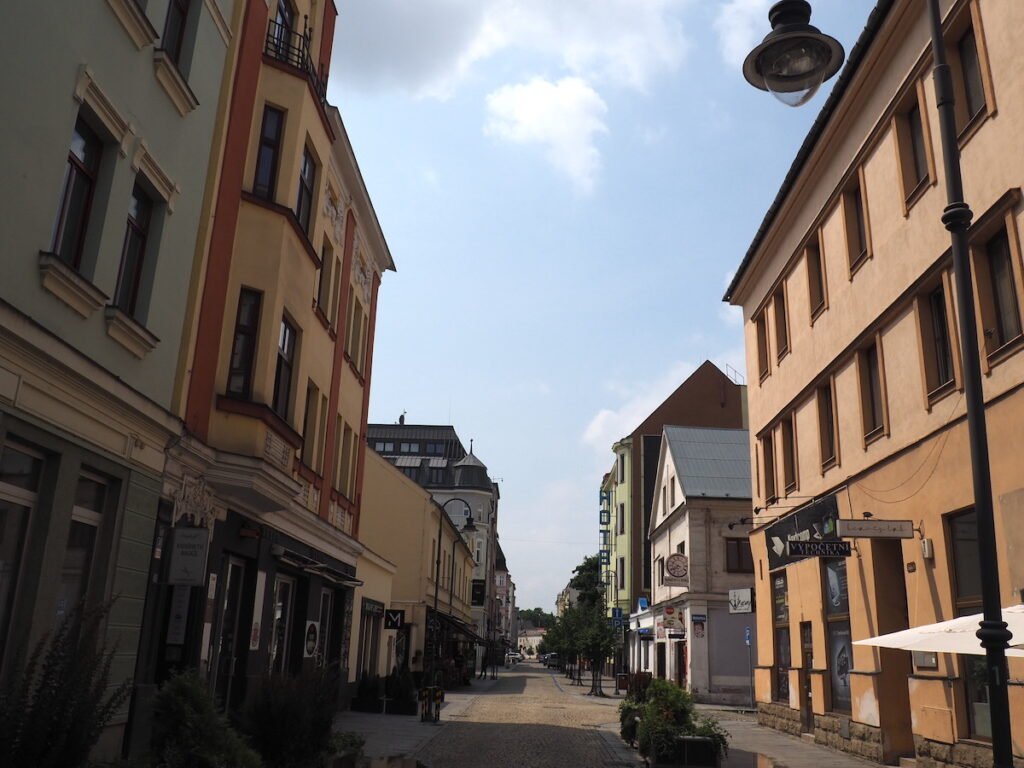
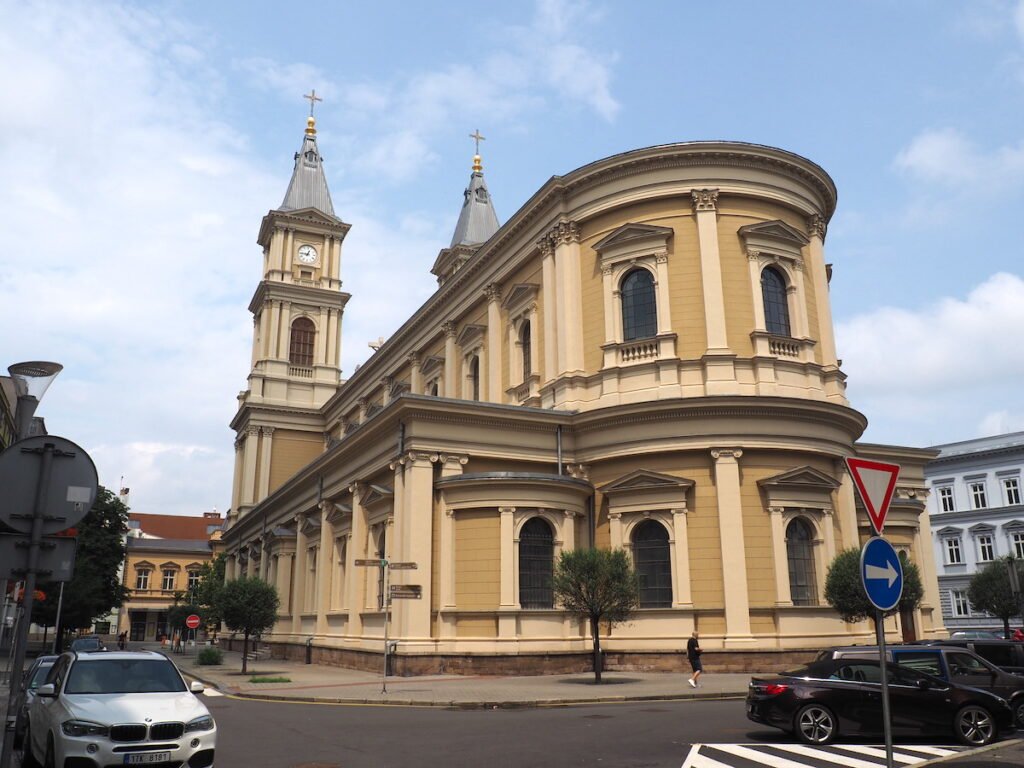
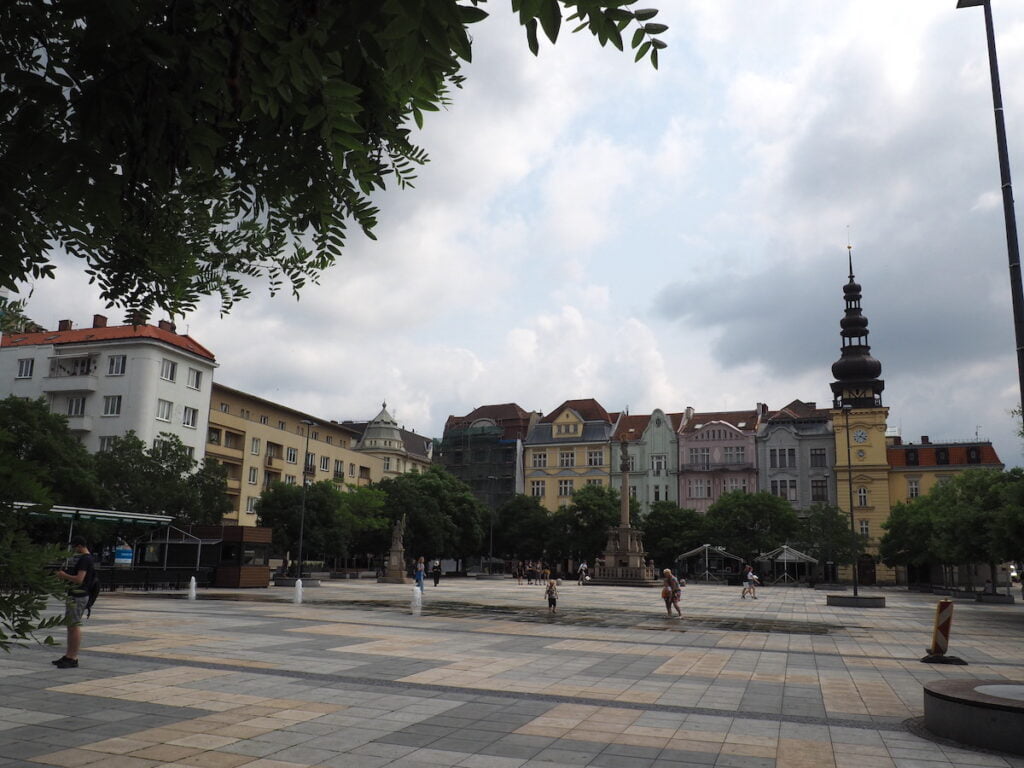
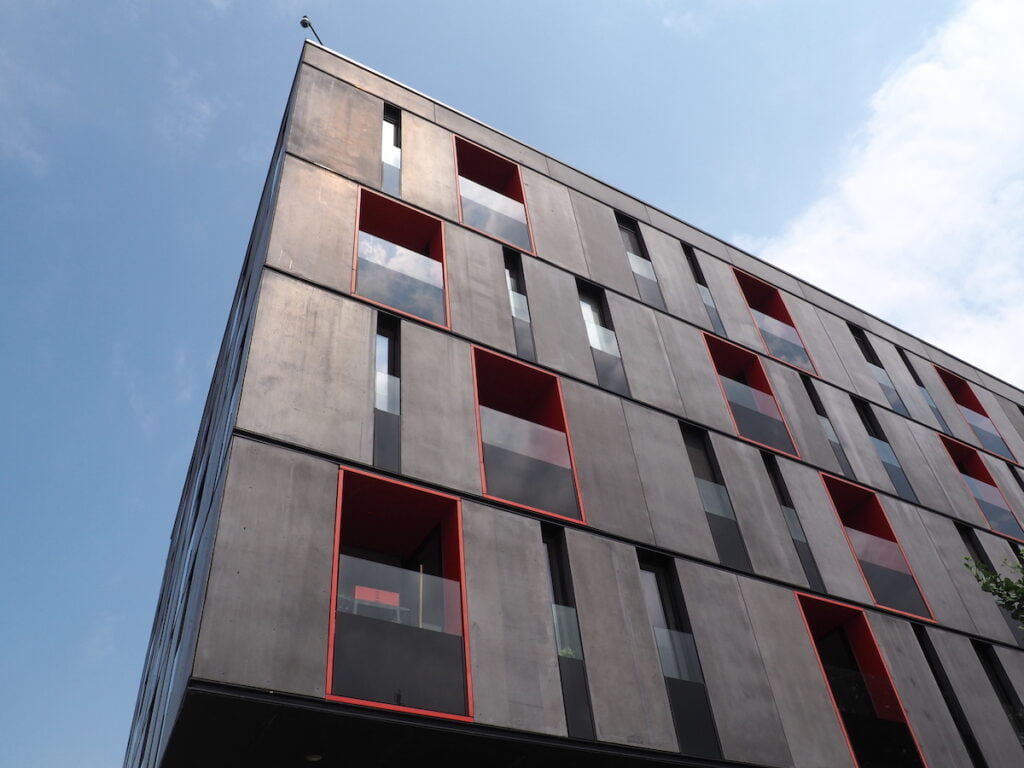
Colours of Ostrava
One of the most famous Ostrava events – the Colors of Ostrava Festival – takes place in Dolne Witkowice. It is a multi-genre music event organized since 2002. Dolni Vitkovice has been hosting the event since 2021. During the festival, concerts take place on more than 20 indoor and outdoor stages, and the scenery of the post-industrial zone creates a good mood. Among the stars who performed at the event in previous years were, among others Florence + The Machine, The Cure, Jamiroquai, Norah Jones and Alanis Morisette. Teams from Poland also perform during each edition.
Worth a visit?
Definitely yes! It is worth knowing the history of this place and imagining the enormity of people who worked in this place. It’s great that the city is trying to transform the area into something attractive for residents and tourists. If you are going with children, you can easily spend the whole day there learning the secrets of Dolní Vítkovice. Of course, a walk around the center of Ostrava recommended before returning to Poland! :)
On site you will find a lot of signs and materials in Polish, and if you get it, you can even talk to the staff in Polish – after all, Ostrava is a stone’s throw from the Polish border! :)
